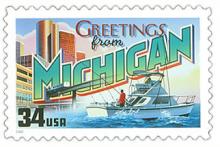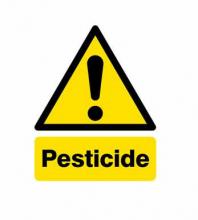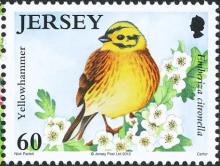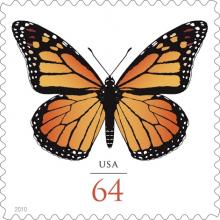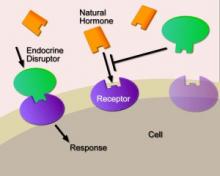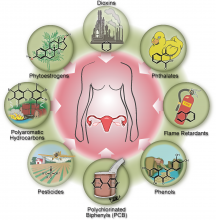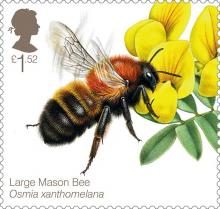Study: Michigan rivers among worst for organic pollutants
The rivers that serve as the lifeblood of the Great Lakes abound with organic waste compounds, including pollutants from car exhaust, factory smokestacks and tar, insecticides and herbicides and detergent ingredients. And three Michigan rivers are among the worst of the worst for the compounds: the Clinton and Rouge rivers in Southeast Michigan and the St. Joseph in Southwest Michigan, according to a recently published study by the U.S. Geological Survey — the most comprehensive look yet at organic waste compounds in Great Lakes tributaries. The Clinton, Rouge and St.

